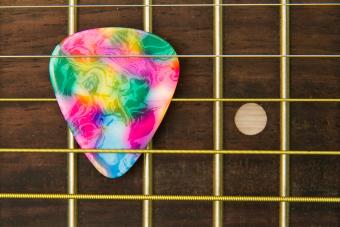
The acoustic guitar has a rich and interesting historical origin that cannot be easily pinned down to one particular individual. While stringed instruments in general date back thousands of years, the acoustic guitar that people know today is quite a different instrument.
The Earliest Acoustic Guitar
Many guitar historians point to an Italian gentleman named Gaetano Vinaccia as being the inventor of the acoustic guitar. Vinaccia's family was famous in the later part of the 18th century for being exceptional luthiers and produced some of the highest quality violins available in Europe at the time. They are also credited with inventing the mandolin. A six-stringed instrument dated 1779 and built in Naples, where Vinaccia worked, is considered by many to be the first true acoustic guitar. This "romantic guitar" is smaller and narrower than today's classical guitars.
The Invention of the Modern Acoustic Guitar
While Vinaccia created the framework for the acoustic guitar, it was Antonio Torres Jurado who created the first model that resembles the guitars used today. Jurado, who lived in Seville, Spain, was a carpenter by trade who soon expanded his practice to focus on the making of stringed instruments. In the 1850s, using the existing model from Vinaccia as inspiration, Jurado expanded the size of the base and then focused his attention on the dynamics of the soundboard, or the front of the guitar. His designs soon came to resemble modern guitars, and his work has been credited with bringing the acoustic guitar into the mainstream.
Transcending Technology
While technology continues to move forward, the acoustic guitar has not strayed far from its roots. Today guitar strings can be made from steel thanks to Christian Fredrich Martin, a German man who moved to America and created steel strings in the early 20th century. However, the real craftsmanship and forward thinking that resulted in today's acoustic guitars dates back several centuries thanks to Vinaccia and Jurado.







